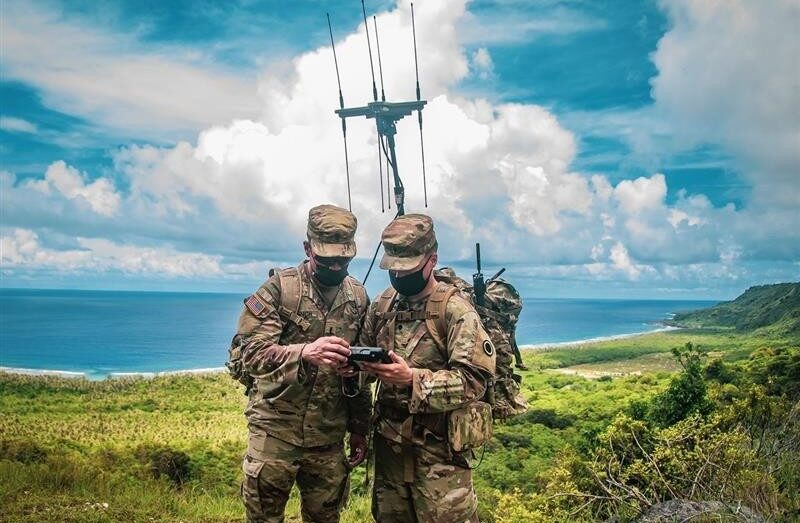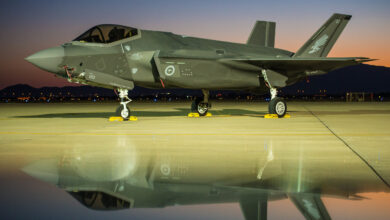US Military Urged to Enhance Ability to ‘Blind, See, and Kill’ Adversaries
A panel of defense experts has urged the US military to strengthen its anti-access/area-denial (A2/AD) capabilities amid rising tensions with China.
A2/AD refers to military strategies designed to prevent or limit an enemy’s ability to enter or operate within a specific operational area. Essentially, it enables the military to “blind, see, and kill” adversarial forces within that region.
Speaking at an Association of the US Army event, Wes Rumbaugh, a fellow at the Center for Strategic and International Studies, emphasized the need for the US military to expand its approach to A2/AD.
“For a long time, we thought of A2/AD as something adversaries could use against us, rather than something we could employ against them,” he noted.
Retired Maj. Gen. John George, former head of the Army Combat Capabilities Development Command, stressed the importance of investing beyond traditional ground-based air and missile defense.
He pointed out that A2/AD strategies also encompass cyber and electronic warfare capabilities.
Learning From Ukraine
The rise of drone warfare in Ukraine has highlighted the critical need for enhanced A2/AD capabilities.
The US Air Force has taken steps to address this, upgrading Ukraine-bound F-16s to improve their survivability against Russia’s evolving electronic warfare.
“The reason manned air forces are less prominent in Ukraine right now is due to the significant air and missile defense systems on both sides of the battlefield,” said Robert Dyess, said former acting director of the Army Capabilities Integration Center.
“While these defenses have driven the proliferation of drone warfare, they are also prompting new modernization efforts.”
Since Russia’s invasion of Ukraine in February 2022, the US has reportedly spent at least $5 billion to enhance its capabilities in jamming, disabling, and deceiving enemy communications, radar, sensors, and navigation systems.












